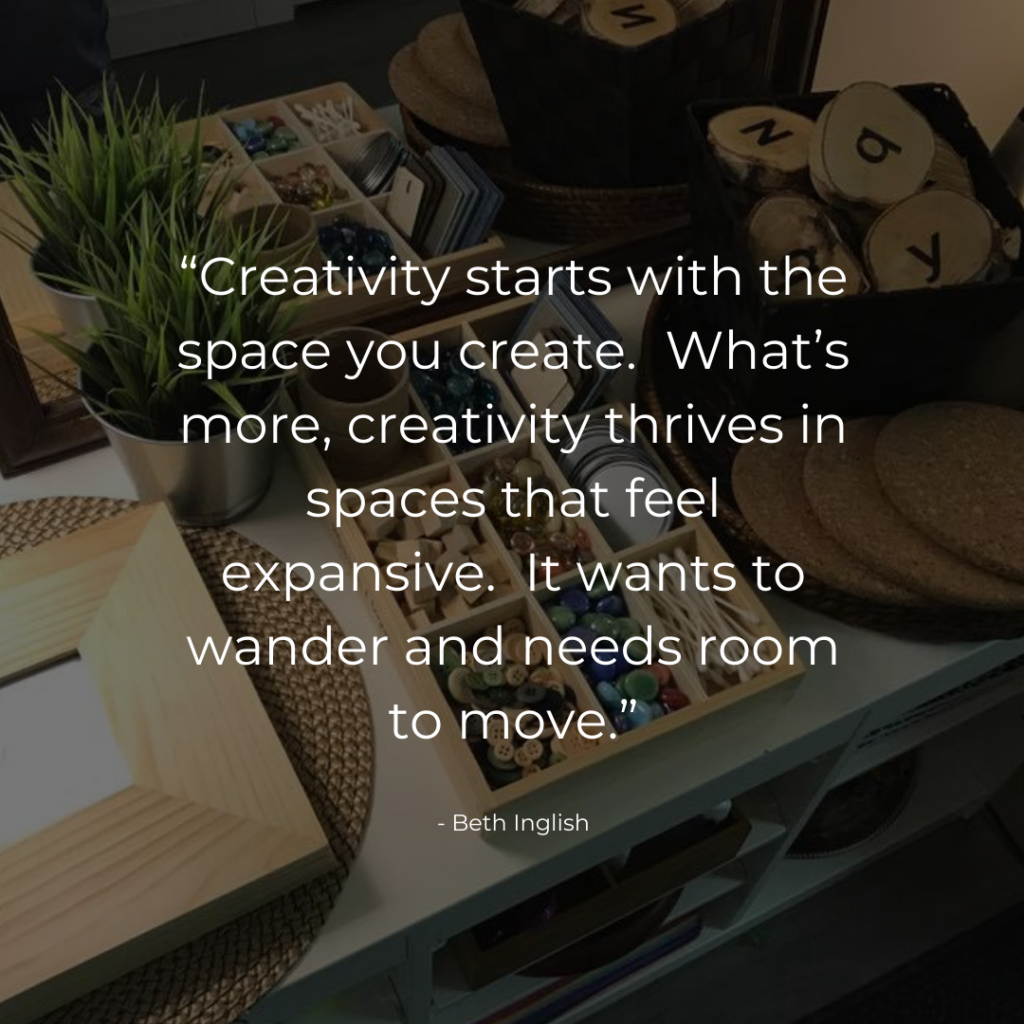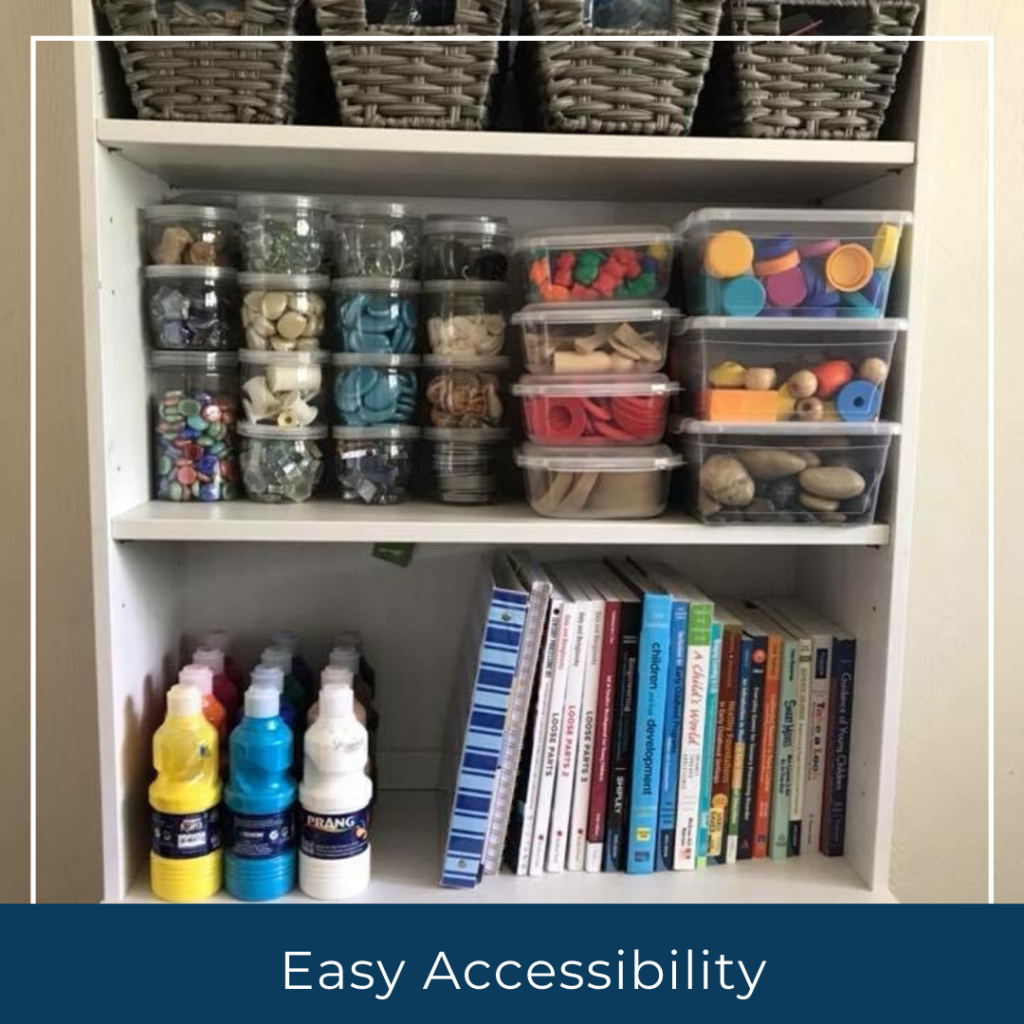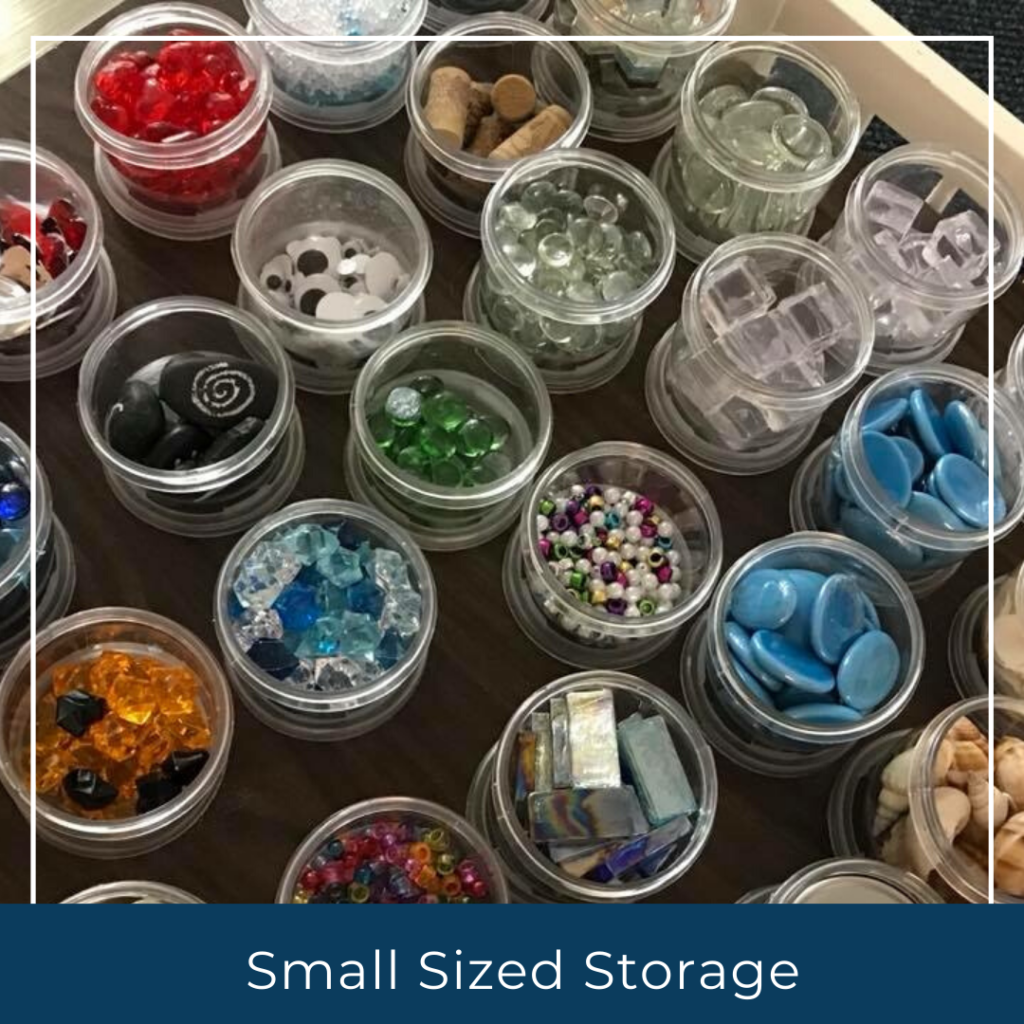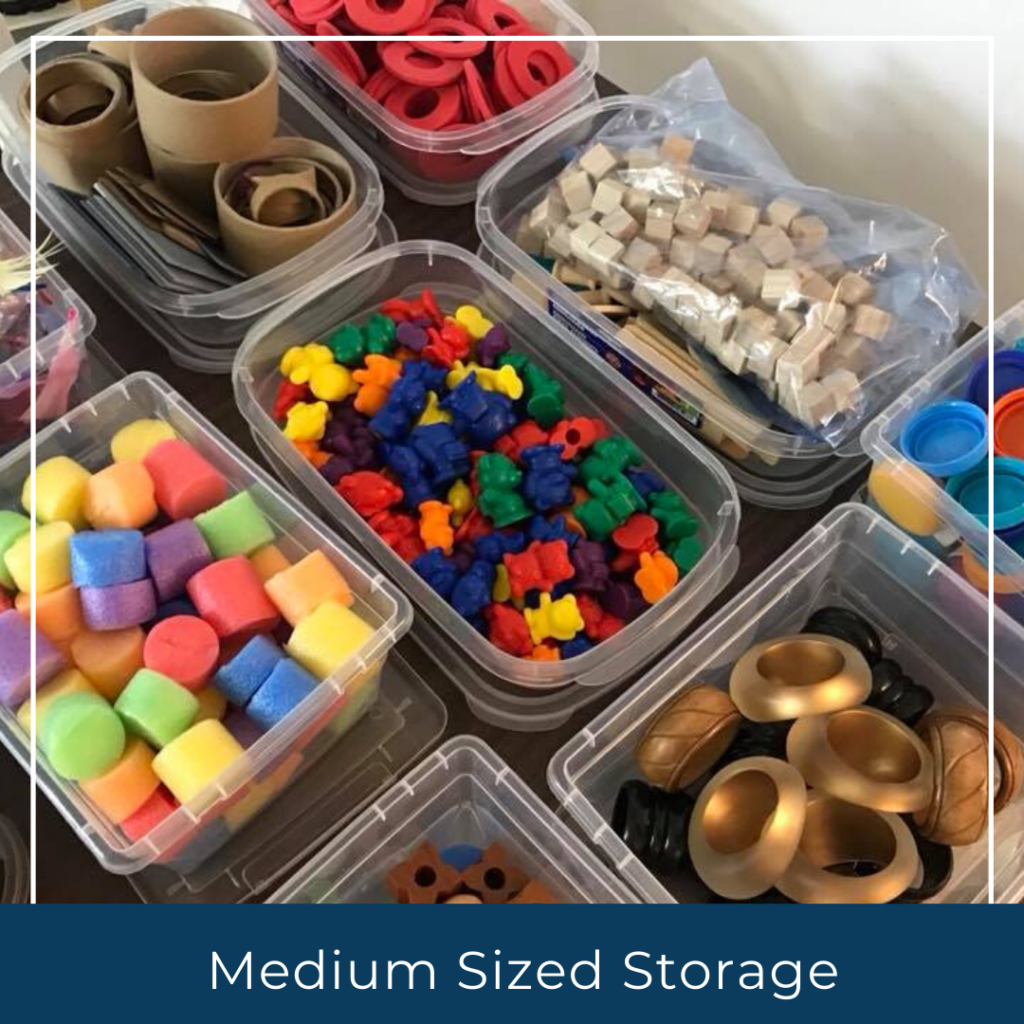CLOSE
inspiring you is my passion
REGGIO INSPIRED PRACTICE GUIDE
CONTACT VERONICA
LOOSE PARTS PLAY GUIDE
FREE RESOURCES
PROFESSIONAL TRAINING
FOR ECE'S
FOR TEAMS
from my perspective
this way to the blog!
TOOLKIT
Documentation
Templates
WORKSHOPS
CUSTOM TEAM BUNDLE
FREE TRAINING - POSSIBILITIES OF LOOSE PARTS
shop
CLOSE
inspiring you is my passion
EDUCATOR LIBRARY
CONTACT VERONICA
FREE LOOSE PARTS GUIDE
RESOURCES
PROFESSIONAL TRAINING
FOR ECE'S
FOR TEAMS
TOOLKIT
Documentation
Templates
WORKSHOPS
DIGITAL PD LIBRARY
LIVE WORKSHOPS
FULL DAY PD
FREE TRAINING - POSSIBILITIES OF LOOSE PARTS
New!!!
shop

inspiring & practical ideas
GET STARTED WITH
loose parts play
FREE DOWNLOAD
This guide is loaded with ideas, inventory lists, and resources to support you in conveying the learning that is happening while children play!
I only want creativity filling your inbox, so you'll see inspiration and support dropping in...but not too much!
We respect your privacy. Unsubscribe at any time.
Loose parts storage can be done in a way that is organized but also designed to increase creativity in you and the children.
But many educators get overwhelmed and ask themselves the following question.
WHERE DO I EVEN BEGIN WITH LOOSE PARTS STORAGE?
Have you ever asked yourself this while looking at your new collection of loose parts?
It can so overwhelming to organize your loose parts.
You don’t want to forget about the really cool thing! You know, that thing you have no clue what to call but you know the children are going to LOVE!
It’s important to use organization and loose parts storage ideas that create systems but to also use these storage areas as a way to increase creativity for you and the children.

For many years, traditional storage of our resources and materials has been by theme.
For example:
- transportation
- cars
- bugs
- plants
- dolls
But with loose parts there are endless ways to play and no right or wrong way.
They don’t fall into just one theme.
That defeats the entire concept of loose parts play!
Quote Source
https://www.artworkarchive.com/blog/increase-your-creativity-with-simple-space-design
Many loose parts are categorized into sections such as:
- Metals
- Natural Items
- Packaging
- Fabrics
- Wood Items
- Glass & Ceramics
- Plastic
These physical materials can be used in all different types of play children engage in.
For example, the fifteen boxes you recently saved, the hunks of tree logs you collected from the side of the road or the objects that you scoured the neighbourhood looking for (which are now living in your backyard) can be used in a variety of play interests.

Getting Started With Loose Parts Storage
1. Start physically sorting the items based on the kinds of variables they are
To know where to organize those fifteen boxes you need to start thinking outside the box. Use the natural categories we previously listed to sort the items.
This will keep you from seeing the boxes as only for building and instead as a material that can be utilized in endless ways.
One of my newsletter subscribers wrote in and told me that while she is out treasure hunting for loose parts her mantra is,
“Look at what it can be and not what it is.” – Patricia Eurich
Remembering the concept of loose parts, the creativity and the endless ways to use them needs to be a part of the thought process when storing them. This will keep the creativity going.
2. Look at the idea of accessibility and availability
Ask yourself these questions,
- What items do you want stored for easy access on a daily basis?
- What items do you want in more long term storage or put away?
This is where children’s interests and the types of play you currently observe will play a role.
If the children are all about ramps and exploring speed, then keeping a bin of 20 scarfs on your very small “teacher” counter (aka, tops of cubbies or the 2 inch space next to the sink) is not the best use of space.
It would be better to have items handy that you could easily and quickly use to expand and further their learning, questions and theories.
To make this process easier for you and the children, first some intentional thinking is needed in setting up your long term storage space.
{Which is probably currently known as the room where everything gets piled on top of each other and you don’t dare open the door.}
You want to consider where on the shelves and how you will store the items.
Having easy access to your beloved loose parts will foster your creativity because you will actually know what you have and where they are!

3. What to use for loose parts storage
Clear organizational resources are best.
This allows you to see exactly what is inside so you won’t forget about it. There are so many economical clear storage solutions out there nowadays.
A few I have used are small clear containers from Dollarama (in the picture). They are stackable and they lock into one another.
Not only are they space saving, they are educator proof!
We’ve all been there: trying to do all the things at once only to drop a full container of glass stones all over the floor…


Any clear storage bin with a LID is best.
This curbs the piling and overfilling of resources that spew off the shelves.
IKEA has clear bins that can also hold a compartment section on top to provide more organization.
Let’s say you have ten different types of rocks and shells 🙋♀️.
If you only have one storage bin for all of those pieces, use zip lock bags to separate them and then place the ziplock bags inside the bin.
This allows you to still categorize within the natural variable that they are a part of as well as have individual storage for each kind of variable.
Obviously everyone is going to have different kinds of shelving in their long term storage areas. Some shelves will be deep and dark and will magically loose items. Others will be shallow and narrow where if you take one item off a domino effect will occur leaving you under a pile of thingamajigs.
4. Home for everything
On the blog, lifestorage.com they talk about how not having a simple organizational system is why you have clutter.
When looking at the different kinds of categories you have, start to sort by size.
Typically you want to sort smaller items higher up and larger ones lower. The larger items on the bottom will anchor the shelving unit so everything doesn’t come crashing down.
For example on the highest shelf, place the 20 jars of colourful glass stones. Then on the next shelf place all the different kinds of mirrored items you have and on the bottom shelf place all of your ceramic items that are typically larger and heavier.
| Using this idea of first organizing items by category then by size will create a simple organization system. Not to mention, a sensory experience in your storage area, one that is visually pleasing, makes you want to touch the items and sparks curiosity by just walking in. Plus you will know exactly what you have and where to find it. Phillipa Staton writes in her book, Conscious Creativity, |
“Your structure or plan should contain both aspiration and achievability” {pg. 23}
You want your organizational system to not be a chore or a source of stress. It is meant to benefit you and the children to have more ease to engage in your wonderings and curiosities.
I know it can be hard NOT to grab items that spark your curiosity, but when you don’t have a viable place to store it or a way to easily switch out items, this is when our very valuable loose parts can start to loose their magic.
Another way to help rotate out extra items from your storage areas is by creating a loose parts lending library with your families. You can choose what items you are willing to lend out and create a system that works for your setting. This allows your loose parts storage area to stay organized and even open up with space to continue your collecting.
Which in turn, flourishes everyone’s creativity.
If you need some inspiration to help you fill those shelves or a spark of creativity in the different kinds of loose parts, download your free loose parts guide.
Looking for loose parts ideas specifically for infants and toddlers? I’ve just updated this guide with simple, safe materials, real-life play examples, and a free downloadable starter kit to help you get started. Read it here →
Hey there!
I'M VERONICA
I am an Early Childhood Consultant and very passionate about supporting and inspiring my fellow Educators. I will share my reflections and experiences about implementing my philosophy, views, and ideas into my practice.
COFFEE & BOOK LOVER
find more on
stay connected
Loose Parts Storage Designed For Creativity
Leave a Reply Cancel reply
ENDLESS POSSIBILITIES OF
loose parts play
ON-DEMAND FREE TRAINING
Unlock the possibilities to simplify your planning, become proactive with behaviours & enjoy your role again! I'll guide you to find the beauty in loose parts play.
DISCOVER THE POSSIBILITIES!
I'M VERONICA.
EARLY YEARS CONSULTANT
Here to help you simplify planning, understand behaviours & build strong relationships...all with the magic of loose parts!
ENGAGE YOUR CURIOSITY
MY EARLY YEARS JOURNEY
THE MODERN EDUCATOR TOOLKIT
WORKSHOP (LIVE & REPLAYS)
CUSTOM TEAM PD BUNDLE
POSSIBILITIES OF LOOSE PARTS TRAINING
CONTACT
get your
guide!
Wanna know how to GET STARTED with these magical materials?
find out right here!
back to top
WEEKLY EMAIL
join the
let's stay connected...
Only inspiration & support will drop in your inbox. Unsubscribe at anytime.
CLOSE
I'M VERONICA.
Here to help you simplify planning, understand behaviours & build strong relationships...with the magic of loose parts!
VERONICA
POSTED BY:
also known as Ronnie!
SPECIAL NEEDS MOMMA &
EARLY CHILDHOOD CONSULTANT
Inspiring and mentoring my fellow educators how to use loose parts to enhance all aspects of their practice. I share my dual roles of educator & momma and how our autistic son has shown me so many new perspectives.
read about my early years journey